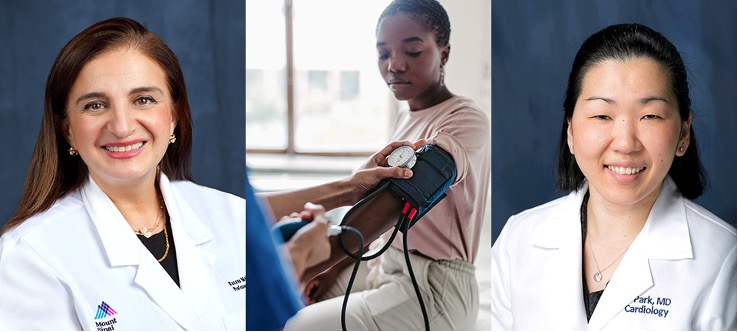Step 3: Provide a comprehensive program to support training of diverse clinical research coordinators.
Partnering with Barnett International, we are developing an educational program for the instruction of new clinical research coordinators (CRCs), who act as a central point of contact for patients, families and investigating physicians leading clinical trials.
CRCs are vital to trial success. Through this training, we will empower them with a strong foundation in essential core areas of clinical research, including study execution, patient consent, good clinical practice guidelines, documentation and other regulatory considerations.
Expanding CRC training to those with diverse backgrounds is designed to reduce another possible barrier for potential study participants.
Long-term Benefits of Clinical Trial Diversity
Our diversity initiative is just one aspect of continuing efforts to enhance health equity, expand access and affordability, and remove barriers to life-improving technology and scientific innovation.
We are building on the foundation of our initial success in establishing a Diversity in Clinical Trials Medical Advisory Board. This organization is comprised of external experts and an internal steering committee, while also focusing on increasing diversity enrollment in our own clinical trials.
Through $5 million in grants, we’ve also sponsored more than 300 scholarships at four HBCU medical schools, the National Black Nurses Association and the National Association of Hispanic Nurses to support future leaders of clinical research.
Complex. But Necessary.
We all love patient stories like the 22 year old woman who is leading a healthier life because of her cardiac monitoring device, or the young black woman whose life was turned around by her cutting-edge glucose monitor, or the African-American man who was kept alive by his cardiac device until a healthy heart became available for transplant.
But each of these stories – and thousands more – are borne out of clinical trials that work best when they reflect the complex economic, cultural, scientific, medical reality of our ever-changing healthcare universe.
It’s a complex and often problematic world where one size most definitely does not fit all.
But we get that.
So, if you’re looking for us, we’ll be here in the background, trying to improve health outcomes by enhancing diversity in clinical trials, developing devices that fit each individual best, allowing them to live life to the fullest.




FOLLOW ABBOTT